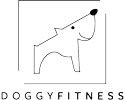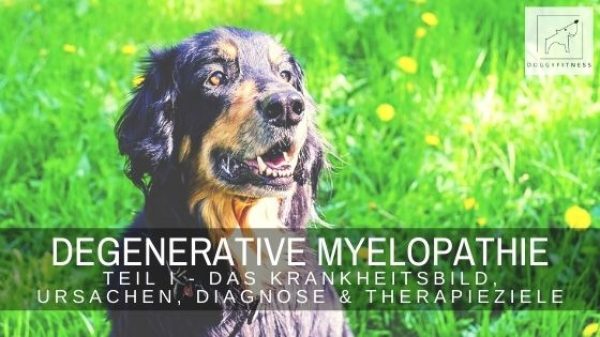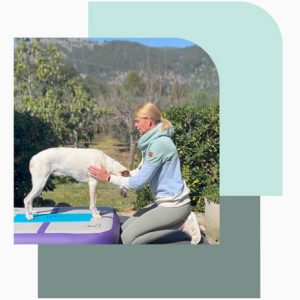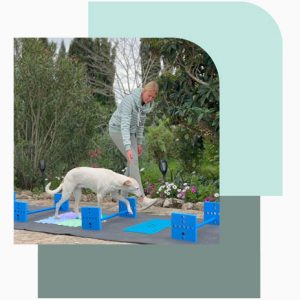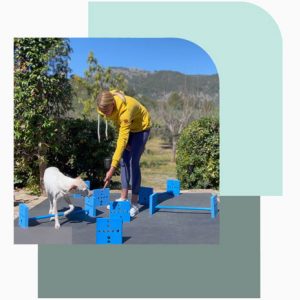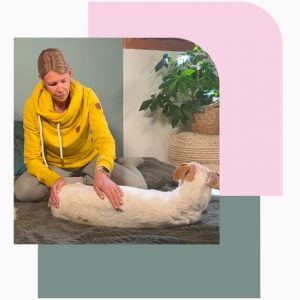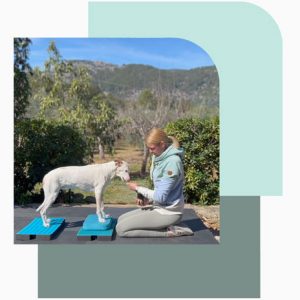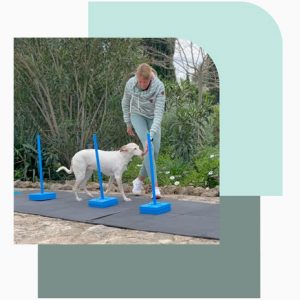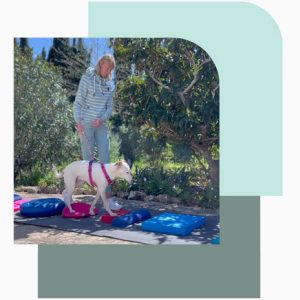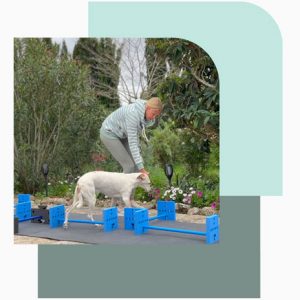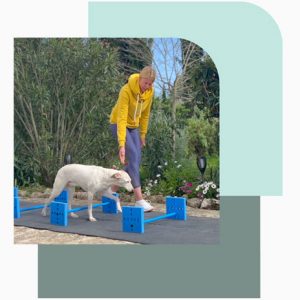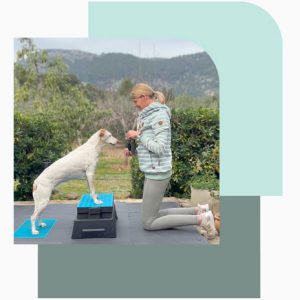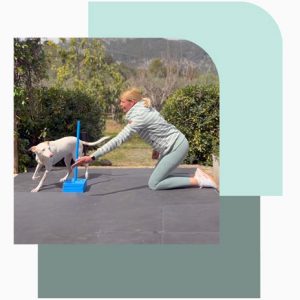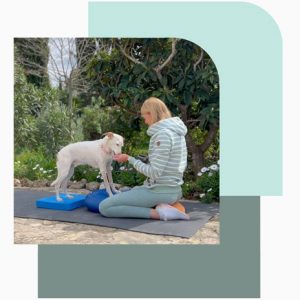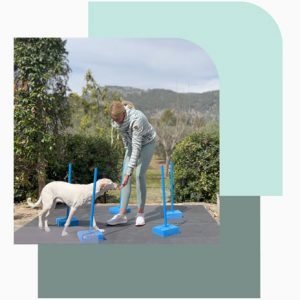Degenerative Myelopathy is a disease of the spinal cord that results in a slowly progressive complete paralysis of the dog. This results in demyelization and axonal degeneration of the white matter of the spinal cord. The disease itself is completely painless. In most cases, older and larger breeds are affected – from about 9 years of age. The cause of degenerative myelopathy is still unknown. However, a genetic predisposition is suspected. The disease is always fatal, a cure is not possible. However, studies show that dogs that received regular physical therapy survived much longer. The time span can range from a few months to years, depending on the course.
Consequences of Degenerative Myelopathy
In a more or less slow progression, complete paralysis of the quadruped occurs.
Treatment options
There is no cure for degenerative myelopathy. However, intensive physiotherapeutic support helps the affected four-legged friends enormously and can significantly delay the progress of the disease. Because by means of physiotherapy it is possible to delay the degradation of the musculature and the loss of function.
Differential Diagnosis Degenerative Myelopathy
If degenerative myelopathy is suspected, several other possible conditions must be ruled out. These include herniated disc, cauda equina compression syndrome, Wobbler syndrome, neoplasia of the spinal cord, and fibrocartilaginous embolism.
Frequently affected breeds
In degenerative myelopathy, there are breeds that are predisposed and more commonly affected. These include:
- German shepherd dog
- Bernese Mountain Dog
- Hovawart
- Kuvasz
How can degenerative myelopathy be diagnosed?
To diagnose DM with certainty, some special examination procedures are necessary:
- Myelography
- Genetic test
- X-ray/CT/MRI to rule out differential diagnoses.
The therapeutic goals of physiotherapy Degenerative myelopathy
- The dog should be kept fit as long as possible
- Preservation of the musculature and delay of the muscle degradation
- Release tensions that arise due to incorrect loading
- Coordination Support
- Maintain mobility of the entire body to prevent cartilage damage
- Relief of overloaded structures
- Prevention of pressure sores and injuries to the paws due to overkilling/paw dragging
In Part II and Part III of the blog series, you’ll learn what the most common symptoms are for DM. You’ll also get valuable tips on how to support your dog and what to avoid at all costs.
All the love, your Tina
Dieser Beitrag ist auch verfügbar auf:
Français (French)
Deutsch (German)
Español (Spanish)
